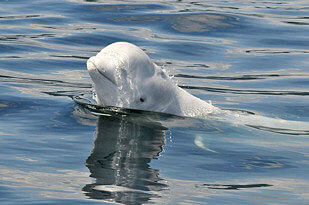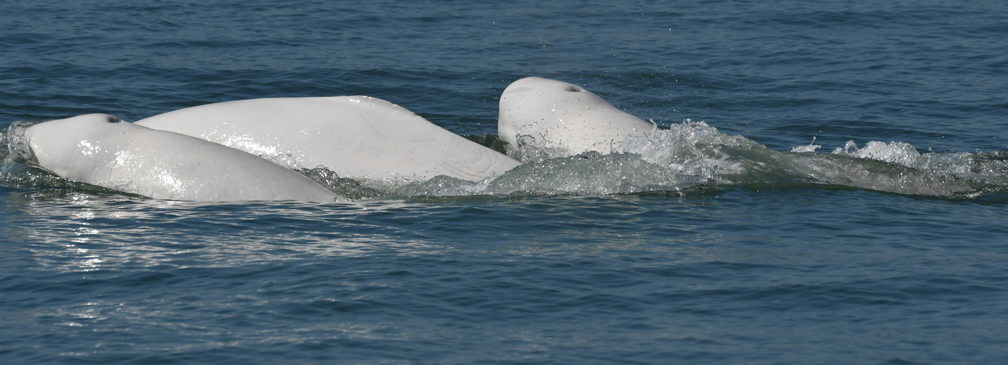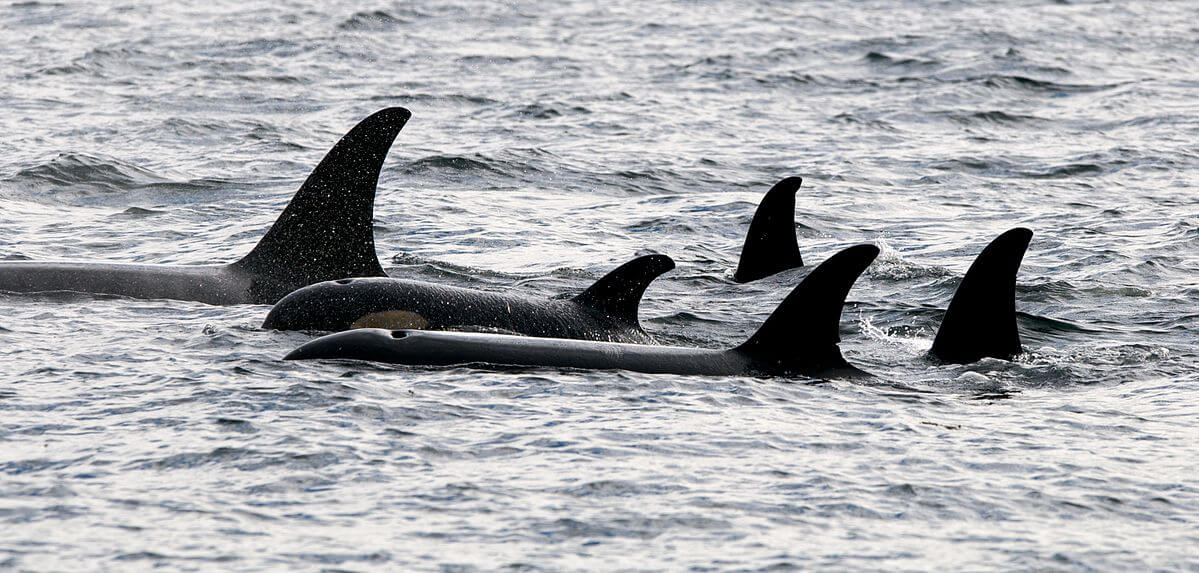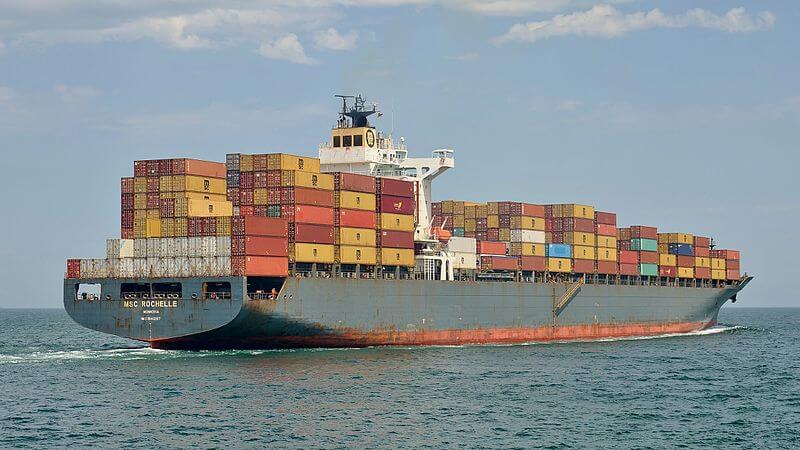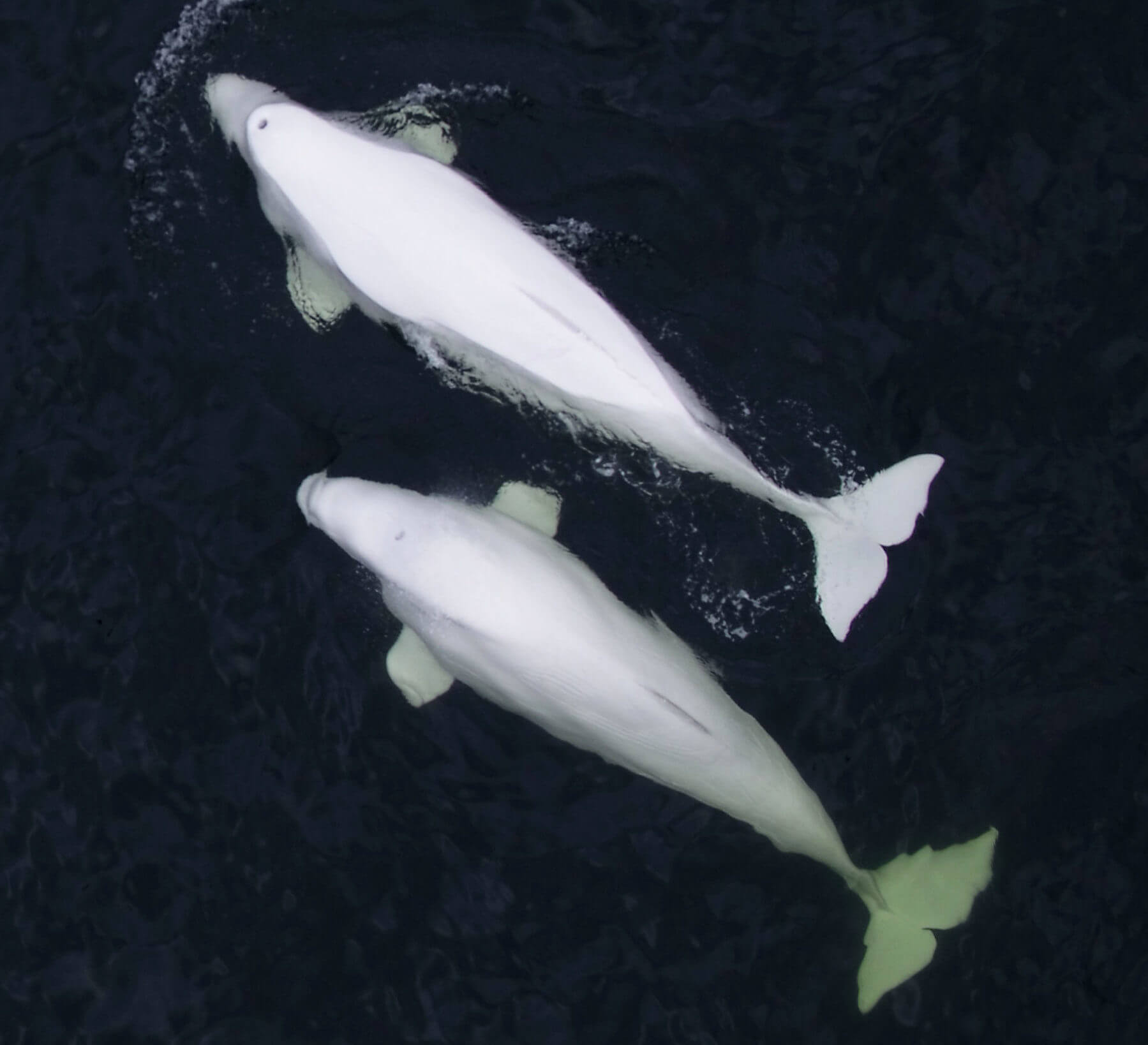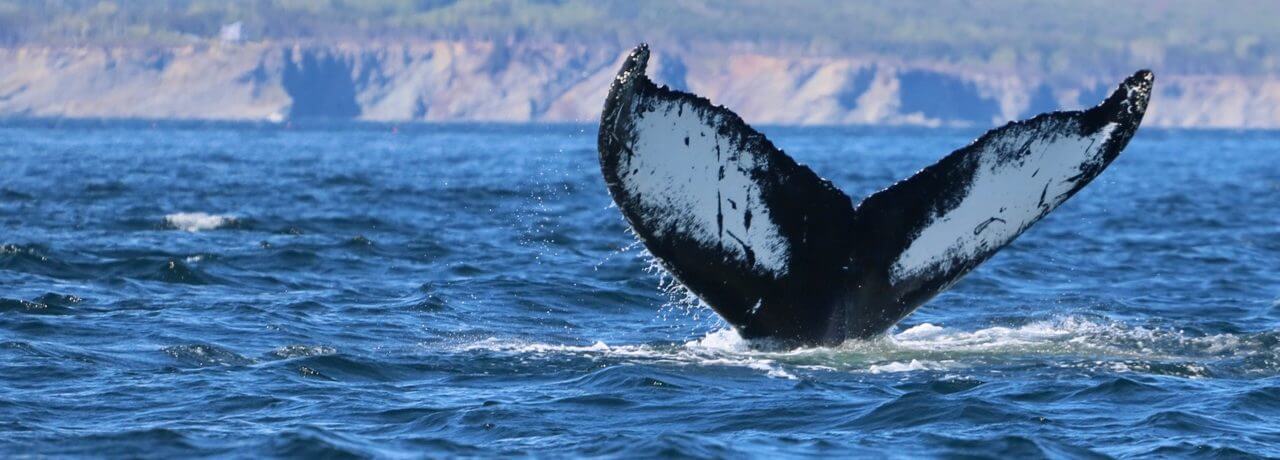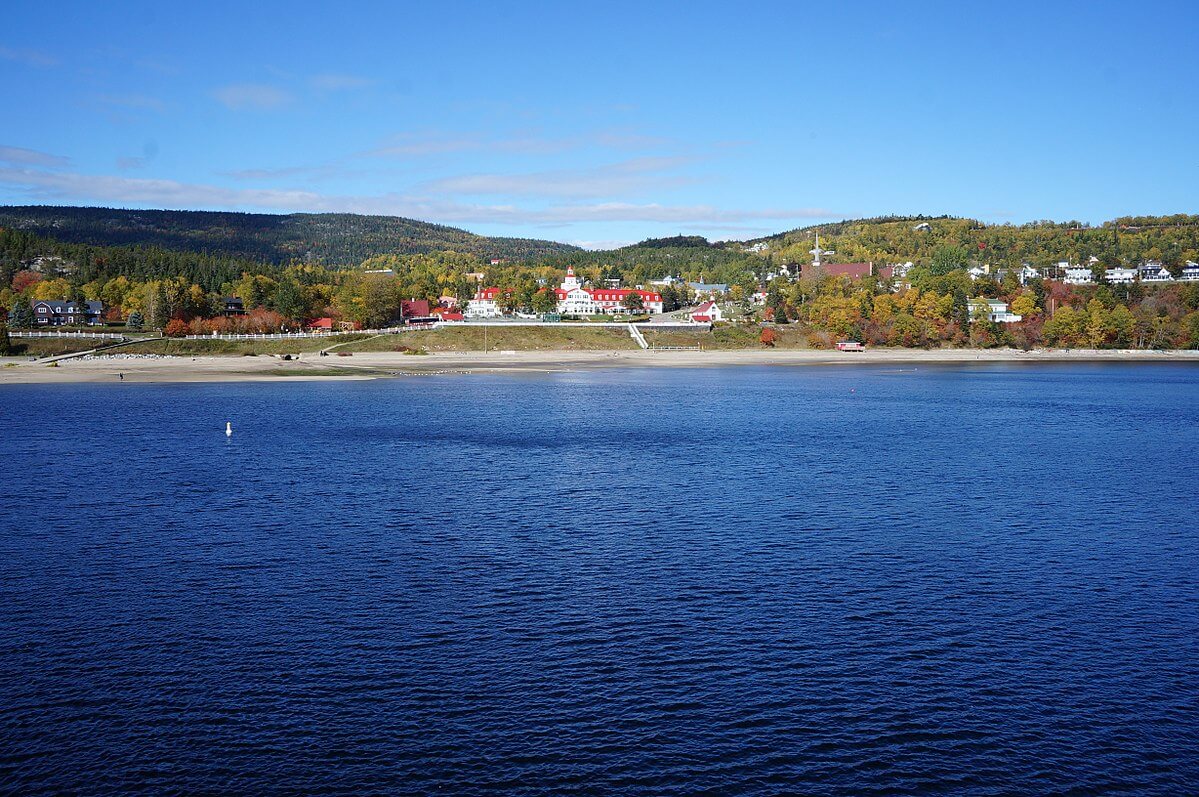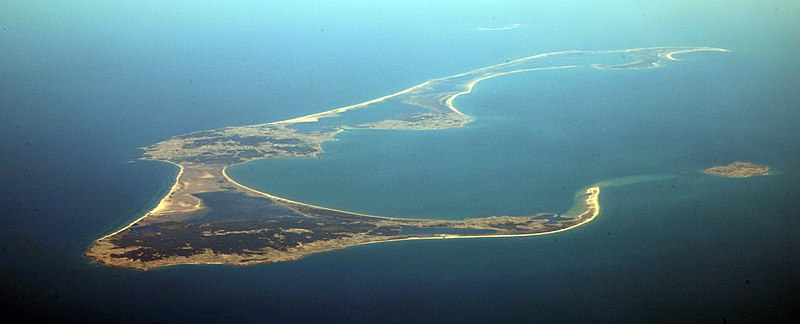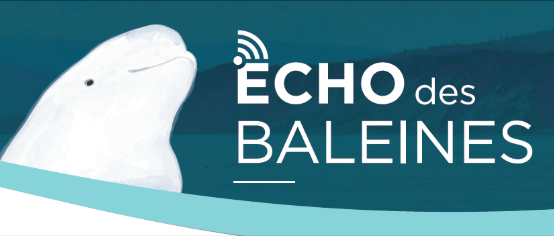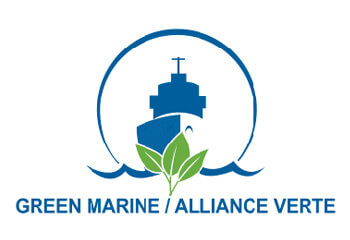The best way to protect whales is to prevent the threats they face. But such prevention often requires compromise: modifying fishing practices, getting people to rethink their consumer habits, changing the way we observe wildlife. Coexistence of humans and marine mammals can be improved through awareness. “People protect what they love,” affirmed seabed explorer Jacques Cousteau. Years later, this still holds true: the more we know about marine ecosystems, the more we get involved in protecting and preserving the marine environment.
Both in Quebec and around the world, numerous organizations work to raise public awareness. Here are a few initiatives aimed at protecting the whales of the St. Lawrence.
Whale Portraits
Keep your eyes peeled when visiting the Saguenay-St. Lawrence Marine Park! Whale Portraitscan be spotted just about everywhere, from the deck of the Baie-Sainte-Catherine – Tadoussac ferry to cruise ships.
Each week during the summer season, the Whale Portraits newsletter features an individual recently observed in the waters of the Marine Park as well as write-ups on whale watching, research and conservation. This continuing education tool is handed out to captains and naturalists. You can also view the portraits of whales observed in the Saguenay-St. Lawrence Marine Park on Whales Online.
To read the archives: https://eco-baleine.ca/boite-a-outils-et-actions/(French only)



